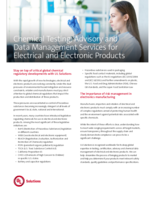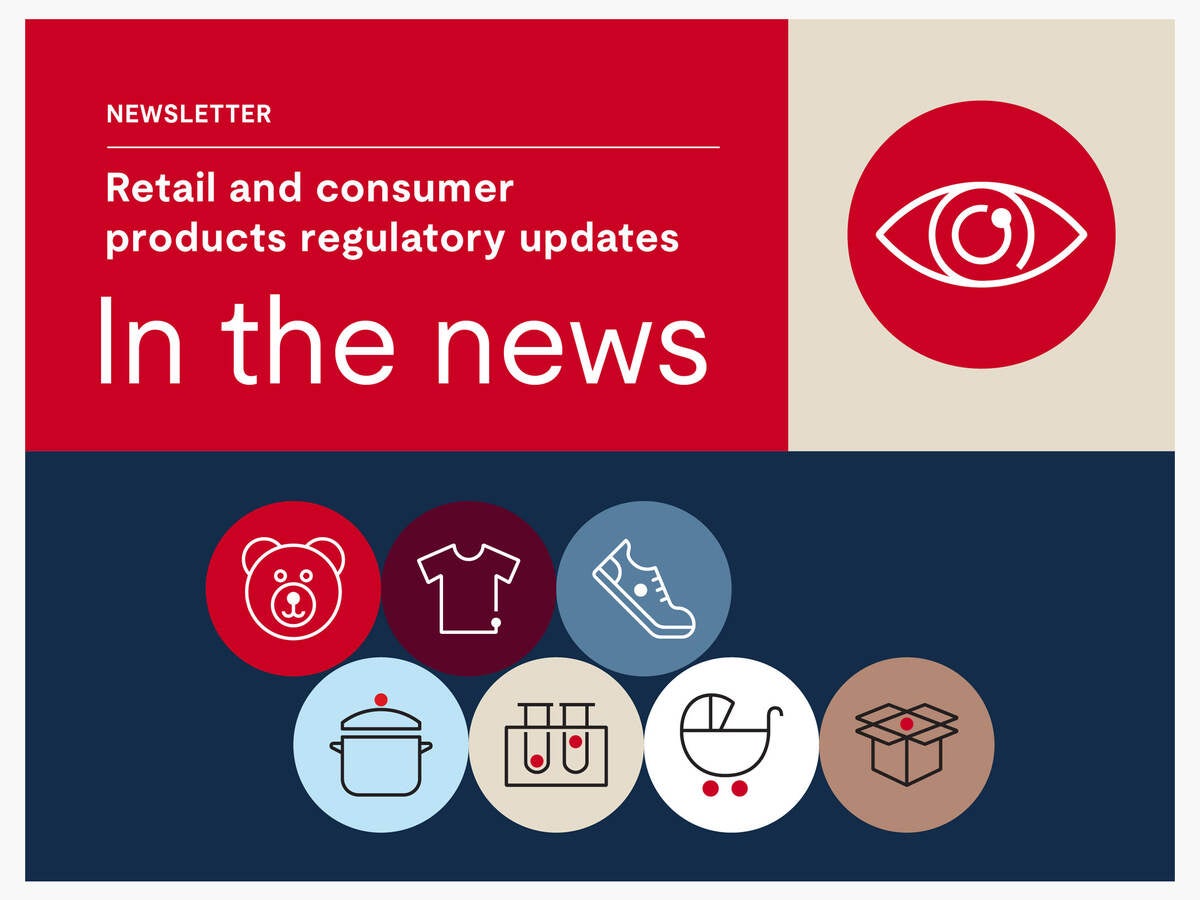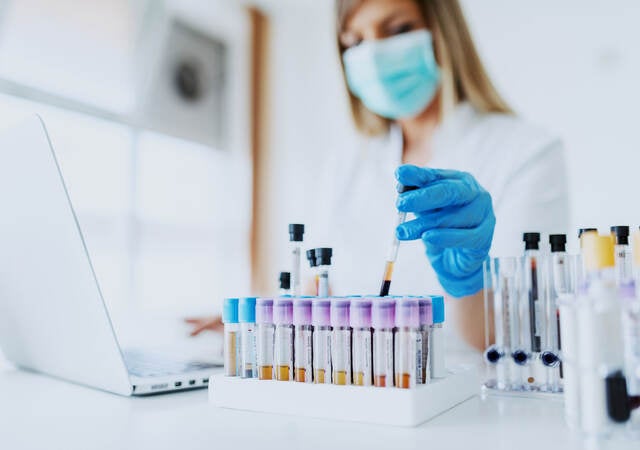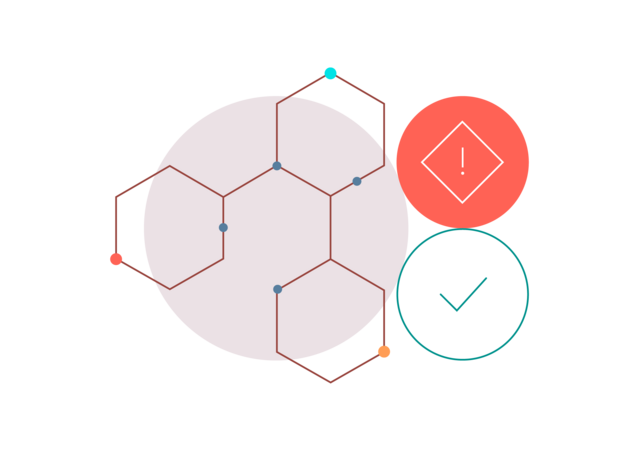
Understanding and complying with RoHS
The Restriction of Hazardous Substances (RoHS) is a set of regulations that controls the use of hazardous substances such as lead, mercury and cadmium in electrical and electronic equipment. The goal of RoHS is to reduce potential environmental and health risks caused by the use of hazardous substances during the utilization, collection, treatment and disposal of increasing amounts of electrical and electronic waste.
UL Solutions global RoHS compliance services
UL Solutions can help you increase consumer confidence that your electrical and electronic products comply with applicable restricted substances requirements requested by the RoHS legislation within your target markets. We can support your product journey in Asia, Europe, North and South America, and the Middle East with our technical expertise, wide portfolio of testing, advisory services and data management tools.
Our RoHS compliance solutions and services include:
- RoHS testing of products and materials.
- RoHS-specific market requirements and certifications.
- Chemical data management software that screens material disclosures against RoHS legislations.
- Data collection software to gather and manage data on the materials being used in your product development and manufacturing.
- Advisory services and training.
Work with UL Solutions to bring your RoHS compliant products to the global marketplace
We can help you understand and evaluate RoHS requirements in your target markets.
- The European Union
- UAE RoHS for the United Arab Emirates access
- Saudi Arabia SASO RoHS services and solutions
- United States: Various States and California RoHS
In the News - Regulatory Updates for Retail and Consumer Products
Consumer product regulations are evolving rapidly. Subscribe now and start receiving this monthly newsletter to stay on top of regulatory changes for your business and navigate compliance challenges.

Get connected with our sales team
Thanks for your interest in our products and services. Let's collect some information so we can connect you with the right person.







